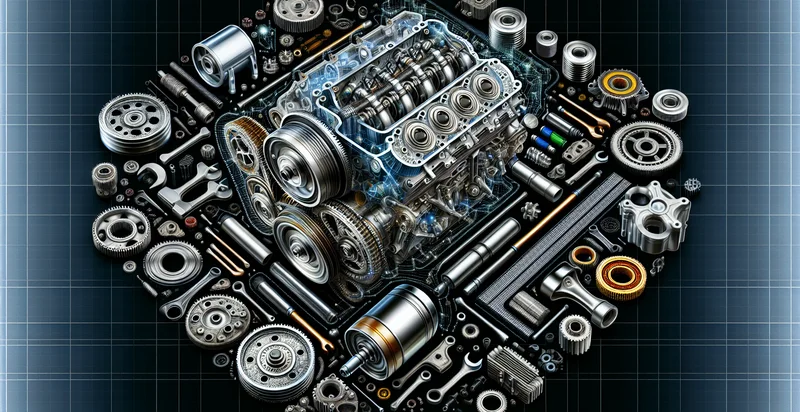Identify engine mounts
using AI
Below is a free classifier to identify engine mounts. Just upload your image, and our AI will predict what type of engine mount it is - in just seconds.


Contact us for API access
Or, use Nyckel to build highly-accurate custom classifiers in just minutes. No PhD required.
Get started
import nyckel
credentials = nyckel.Credentials("YOUR_CLIENT_ID", "YOUR_CLIENT_SECRET")
nyckel.invoke("engine-mounts", "your_image_url", credentials)
fetch('https://www.nyckel.com/v1/functions/engine-mounts/invoke', {
method: 'POST',
headers: {
'Authorization': 'Bearer ' + 'YOUR_BEARER_TOKEN',
'Content-Type': 'application/json',
},
body: JSON.stringify(
{"data": "your_image_url"}
)
})
.then(response => response.json())
.then(data => console.log(data));
curl -X POST \
-H "Content-Type: application/json" \
-H "Authorization: Bearer YOUR_BEARER_TOKEN" \
-d '{"data": "your_image_url"}' \
https://www.nyckel.com/v1/functions/engine-mounts/invoke
How this classifier works
To start, upload your image. Our AI tool will then predict what type of engine mount it is.
This pretrained image model uses a Nyckel-created dataset and has 19 labels, including Bent, Broken, Corroded, Cracked, Damaged, Defective, Engine Shifting, Failed, Intact and Loose.
We'll also show a confidence score (the higher the number, the more confident the AI model is around what type of engine mount it is).
Whether you're just curious or building engine mounts detection into your application, we hope our classifier proves helpful.
Related Classifiers
Need to identify engine mounts at scale?
Get API or Zapier access to this classifier for free. It's perfect for:
- Quality Control in Manufacturing: This function can be used in manufacturing plants to automatically identify and flag defective engine mounts during production. By reducing human error in visual inspections, the process improves consistency and increases overall product quality.
- Supply Chain Verification: Logistics companies can leverage this function to ensure that the engine mounts received from suppliers meet specified criteria. By preemptively identifying false images of components, businesses can minimize the risk of receiving substandard parts.
- Parts Cataloging: Automotive businesses can use the classification function to organize and categorize their inventory of engine mounts effectively. This helps in maintaining accurate records and aids in quick retrieval when orders are placed.
- Automotive Recycling: In recycling facilities, this function can identify and sort out engine mounts from other materials that may not be recyclable. Proper classification can optimize the recycling process and increase the efficiency of material recovery.
- Safety Compliance Checks: This function can assist in ensuring that all engine mounts in use comply with safety regulations and standards. By identifying any false representations of safe components, it can help reduce the risk of equipment failure in vehicles.
- Maintenance and Inspection: Automotive repair shops can implement this image classification function to aid technicians in quickly identifying and verifying engine mounts during vehicle inspections. This accelerates the diagnostic process and ensures that the right replacement parts are ordered.
- Market Research and Analysis: Businesses involved in market research can utilize the function to analyze images of engine mounts from competitors. This can provide insights into design trends, material usage, and pricing strategies within the industry.


